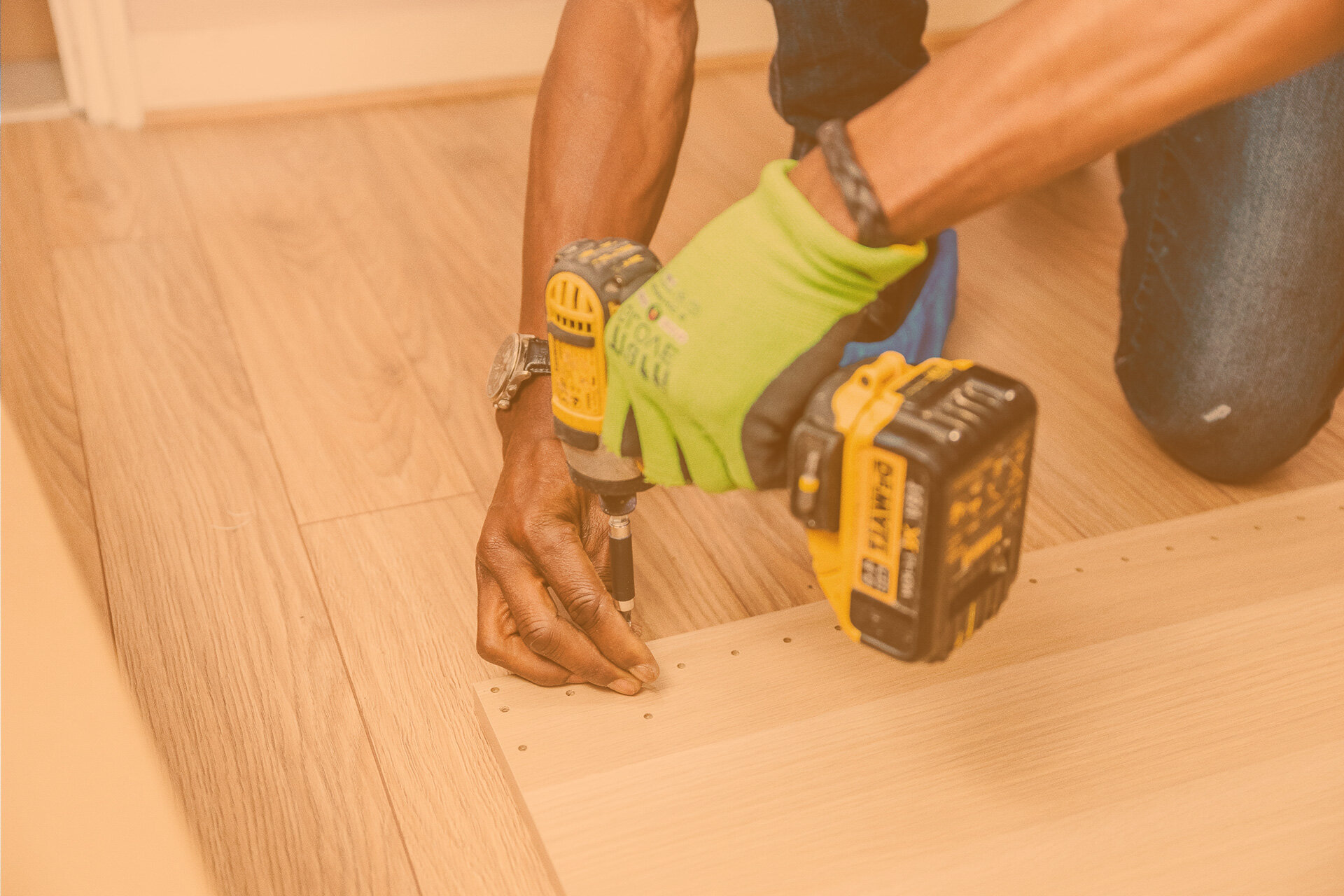
Plaster and Lath walls can be a great choice to drywall. Plaster and Lath walls are durable, more affordable, and pose no health risk. Read on to discover more about their benefits. You won't have to worry about a fungus infestation or bacteria. And because they're not insulated, they'll last a long time, even when exposed to humidity.
Wallpaper is cheaper than drywall
While plaster and drywall are both inexpensive to install, drywall is much easier to prepare and to put in. It takes less time to dry than plaster and is therefore easier to install. Plaster, however, is more durable and solid, and it will last longer than drywall. It is also susceptible to moisture damage. It's much easier than installing track systems or slatwall shelving systems.

Durable
Using a combination of a lime and hydrated lime plaster can help ensure long-lasting, durable plaster and lath walls. The plastering process is simple but requires some skill. The first layer is called a "scratch coat" and is applied directly to the lath. The brown layer is the second. The walls can then be painted after the plaster has dried completely. Older buildings may contain additional ingredients. Horsehair was sometimes mixed with plaster in traditional UK homes. This added strength protected the plaster from separating into small pieces. This is the basic process that has not changed in any significant way.
Not a health hazard
It is possible for walls to not pose a risk to health. Asbestos, which was originally used in plaster to insulate and increase fire resistance, could cause this. But, asbestos can cause cancer and other serious health problems. Plaster is a natural substance that is made of mineral deposits and water. It has been around for thousands years. Plaster can be dried into a hard material. However, plaster used to be mixed with asbestos in order to resist fire until the 1980s.
It is not insulated
It's important to note that not all houses with not insulated plaster and lath walls are equally problematic. Even if walls are built solidly, they will settle over time. Plaster and lath can crack or fall off the framework. This can impact the building's structural integrity. For these reasons, it's best to install insulation in these areas before proceeding with construction.

It's not an easy task to repair
Repairing plaster and lath walls can be complicated. Fortunately, a little elbow grease and a little bit of patience can go a long way. There are many options for repairing plaster and lath walls. The first step is to drill holes. Make sure you have enough space between the plaster and the lath. If you are unable or unwilling to drill into the plaster/lath you can use a screwdriver/awl to attempt it.
FAQ
What license do I need to become a handyman in order to get my permit?
Most states don't require a license in order to be an independent contractor, as opposed to a salaried employee. However, you will still need to meet certain conditions:
-
Minimum 18 years.
-
Do you have a high-school diploma or GED?
-
Complete a four-week course at a vocational school.
-
Pass a background check through the state's Department of Licensing.
-
Pay a $20 fee to register annually.
Also, you will need to obtain a business license and workers' compensation insurance.
What happens if a handyman causes damage and I am unsatisfied with his work?
Notify him immediately if something goes wrong with the project. It is a good idea to keep a detailed log and include photographs. Then contact your insurance company and file a claim.
What qualifications are needed to be a handyman
As a handyman, patience is the most important skill. You should also have experience working on electrical systems, carpentry skills, plumbing knowledge, and a strong understanding of home maintenance.
There are many opportunities for people with the right skills, but you may not be qualified if your knowledge isn't up to scratch.
You may want to look into getting training at a school that offers these courses.
What do most handyman charge per hour?
A handyman can charge between $50-$75 an hour. This is a job that most of them have done for years. Their average work week is about 10 hours. They do not need to be advertised; they are well-known in the area.
They are more likely to become specialists and build customer relationships over time.
Their main advantage over other contractors is their speed, reliability, affordability, and cost-effectiveness.
Most people have at least two or three of these guys that they can trust enough to call for help when they need it.
Some people have their own business.
What is the difference in a handyman and carpenter?
You can hire a handyman to do a variety projects like plumbing, electrical installations, painting, drywall repair and cabinet making. Carpenters specialize in woodworking. They can build cabinets and walls, doors, windows or stairs.
How do I find a trusted handyman?
Before hiring a handyman, you should always verify references. Ask family members and friends who have dealt with them in the past. You can also look online for handymen's reviews.
A handyman can install new fixtures and appliances.
These projects are best left to the professionals. It is important to know the exact type of appliance or fixture that you are installing before you begin.
Statistics
- With a strong housing market, the handyman and general maintenance worker industry are expected to grow by nearly 10% in the next decade. (housecallpro.com)
- “Once the pandemic hit, that number fell to about 20%.” (inquirer.com)
- A franchise was approximately $110,000 with a franchise fee of $14,900, according to a spokesperson for a national handyman franchise. (en.wikipedia.org)
- More than 20% of homes in America have outdoor living spaces, including decks and patios. (mrhandyman.com)
- Another estimate was that the market in the United States was $126 billion and was increasing by about 4% annually. (en.wikipedia.org)
External Links
How To
How to Install a Receptacle Box
Follow the instructions of your local building inspector before installing any type electrical outlet. This includes ensuring that your wiring is properly installed, as well as avoiding any problems related to water damage and fire hazards.
As far as installation goes, most boxes come prewired with four wires coming from the breaker panel. The box's two black wires are connected to the first screw. The red and white wires connect to the second screw. When connecting these wires together it is vital to not use wire nuts or wrap around the screws. If you do this, it will be difficult for the wires not to stick in their place once they are tightened. You want them to be free enough to move around but still tight enough not to pull from their holes.
Add another piece of hardware if you need to add a container to an existing metal box. You'll need to take off the top of your existing metal box, and then add a cover plate. After you have made the hole for your new receptacle, and attached the coverplate, you will need to connect all wires to your new receptacle.
If you are looking to replace the existing receptacles in your home with a more modern light switch, you may be able to accomplish this job without needing a licensed electrician to perform this work. You will first need to remove the old switch and its mounting place. You should then disconnect all wires from the switch. These wires include the power that goes into the switch and the ones that provide electricity to the lights in your room. After you've disconnected everything, you're ready to begin the replacement process.
After taking out the old switch you will need to measure the distance from the wall studs, and then mark them with permanent markers. Once you've done this, you need to decide if the switch should be placed high above or low to the floor. You will need to drill holes for the mounting bracket depending on how high the switch is to be mounted. Or you can attach it directly to the wall with drywall anchors.
After you have taken measurements and marked the locations, you can begin the project. Begin tearing down the drywall in the area where you want to install the switch. Make sure to leave about 8 inches of space between each stud so you don't accidentally cut the cable inside the wall. Next, attach the mounting brackets to the new switch. After attaching the cables to the switch, you will need to secure it to the mounting plates. Once the switch has been fully installed, you will need to turn the power back on and test the newly added device to ensure it works properly.